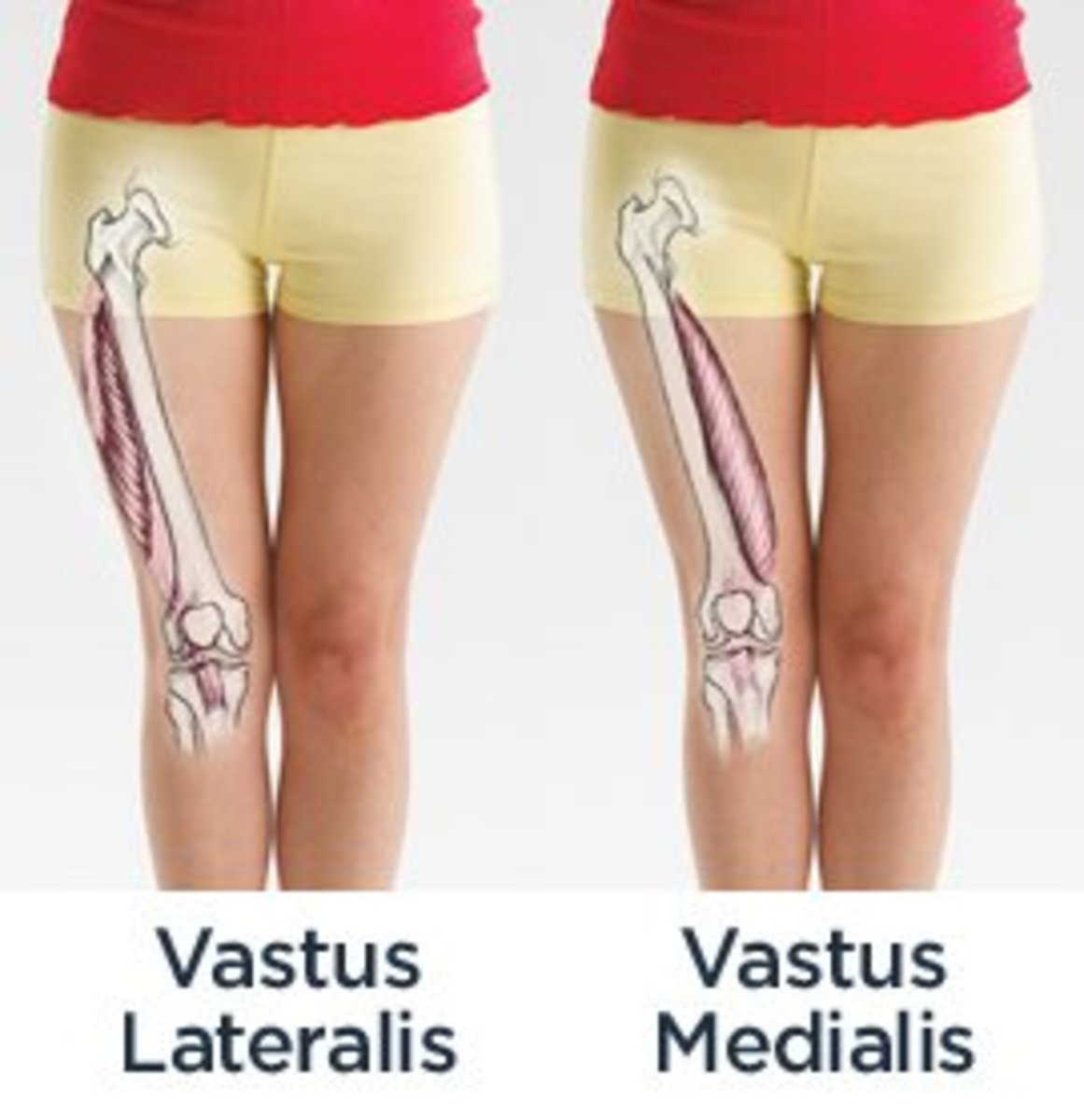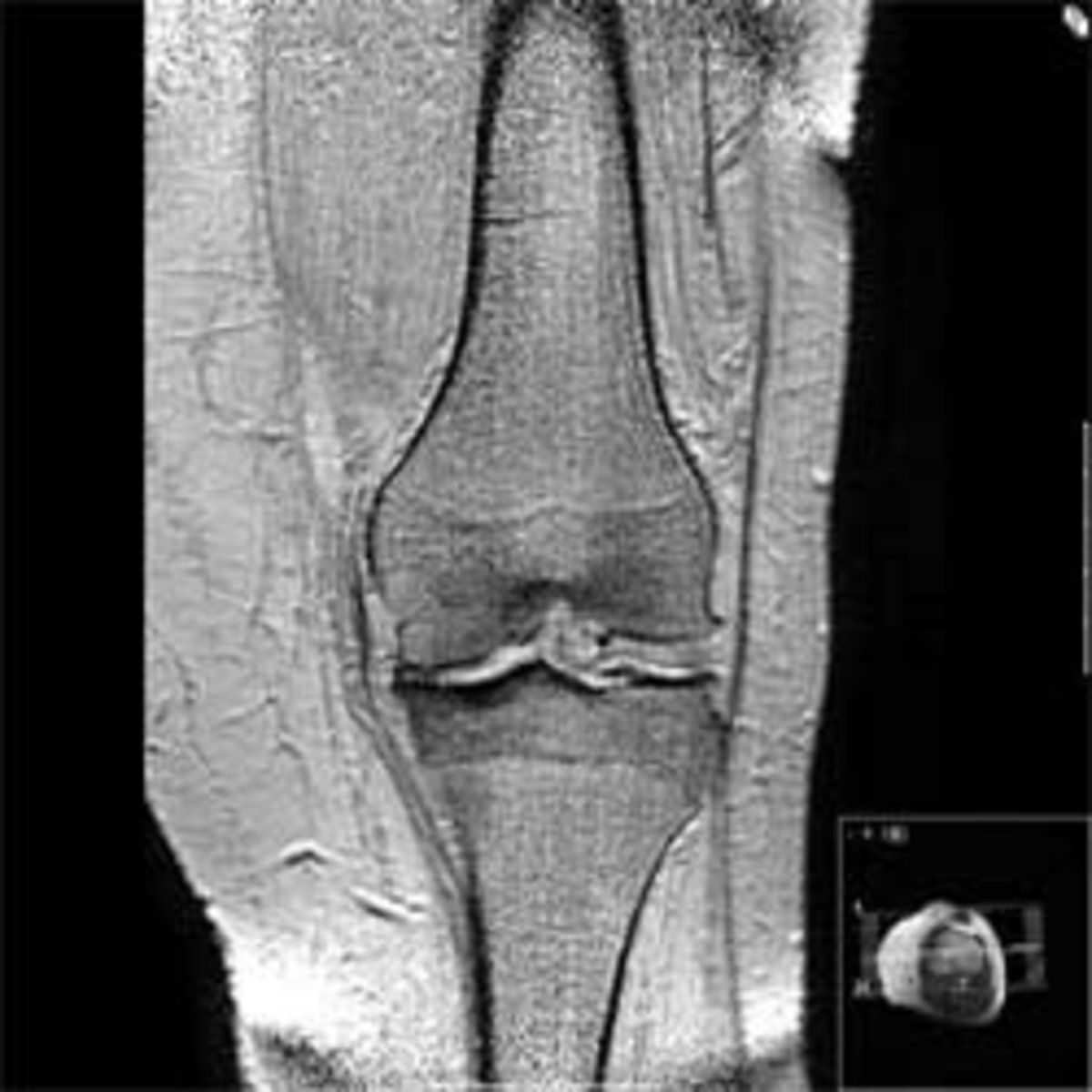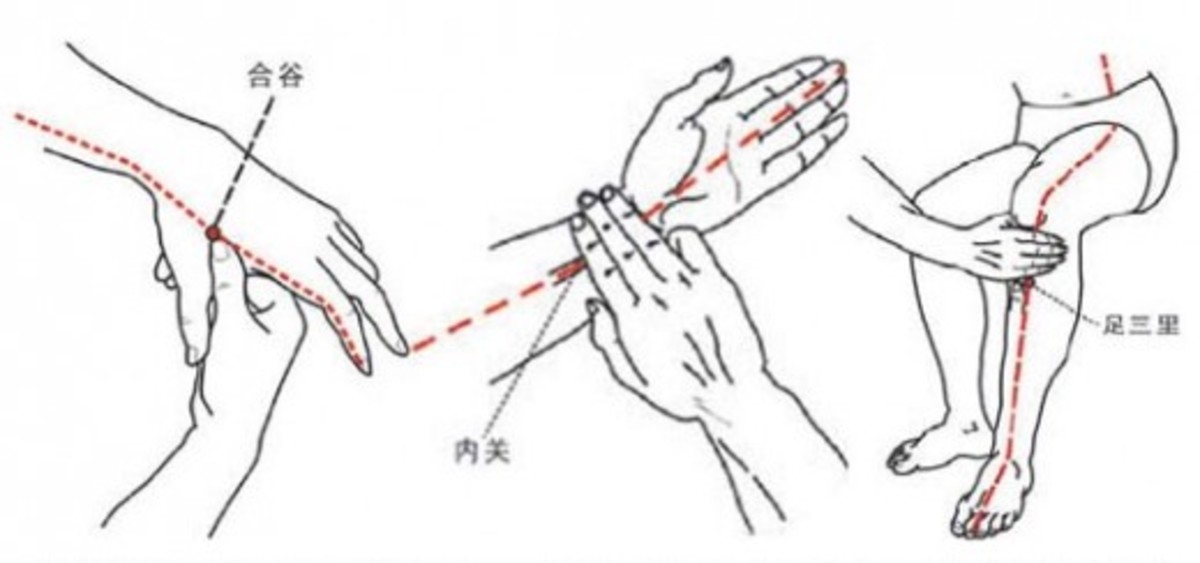Restoring movement after an operation; How to change the difficulty of knee extensions
Why should I vary the difficulty?
Knee extensions are commonly used in rehabilitation after an injury or surgery. However, oftentimes the weight of the lower limb is either too great or too small to suitably challenge the patient. It is therefore advisable to be able to tailor an exercise plan to suit the capabilities of either yourself or a patient. Also, changing the muscle force required to perform a knee extension can influence some of the passive forces which act during a movement, such as joint reaction force.


How can I make the exercise easier?
Alternate positioning, hydrotherapy and therapist assistance are three methods by which the difficulty of the exercise can be decreased. By positioning the patient on their side, they are able to extend their knee with gravity minimised, whereas lying in prone will allow them to eccentrically contract with gravity. Although it requires some hefty equipment, hydrotherapy is a good way to decrease the muscle force needed to perform a knee extension, as it decreases the torque produced by the lower leg. Finally, a therapist (or other carer) can help the patient perform the movement. Each of these methods decreases the difficulty of the task as it decreases the muscle force required.
How can I make the exercise harder?
The difficulty of the task can be increased by using weights, theraband or manual resistance. If the initial resistance applied is still not enough to challenge the patient, then it can be increased by either moving the point of application further from the axis of rotation (which in this case is the knee joint), or by increasing the resistance applied. This is because both of these tactics will increase the net torque against which the patient has to contract. Additionally, slowing the exercise down will increase the muscle force required, thereby increasing the difficulty.
Help direct future articles!
I am reading this article because;
Joint reaction force
Finally, it is worth addressing joint reaction force. When you straighten your knee (contracting your quadriceps), along with lifting the weight of your lower leg (and any extra weights you have applied), you must also stretch a number of structures. These include the joint capsule and the popliteal ligaments which run across the back of your knee, your hamstrings (the muscles at the back of the thigh which bend or flex the knee) and the nerves and blood vessles in the area (also your popliteal vein, artery and nerve). There will also be a very small resistance produced by friction within the joint. This friction is, of course, quite low because the articulating sections of your bones are covered by a very slippery hyaline cartilage cap, which inturn is lubricated by synovial fluid, which reduces friction in the joint even further.
So if you are perfoming knee exercises for whatever reason, just keep in mind that an increase in resistive load forces your muslce to produce more force, which in turn increases the stresses placed on your joint and the supporting structures, such as the capsule, ligements and neurovascular elements.








